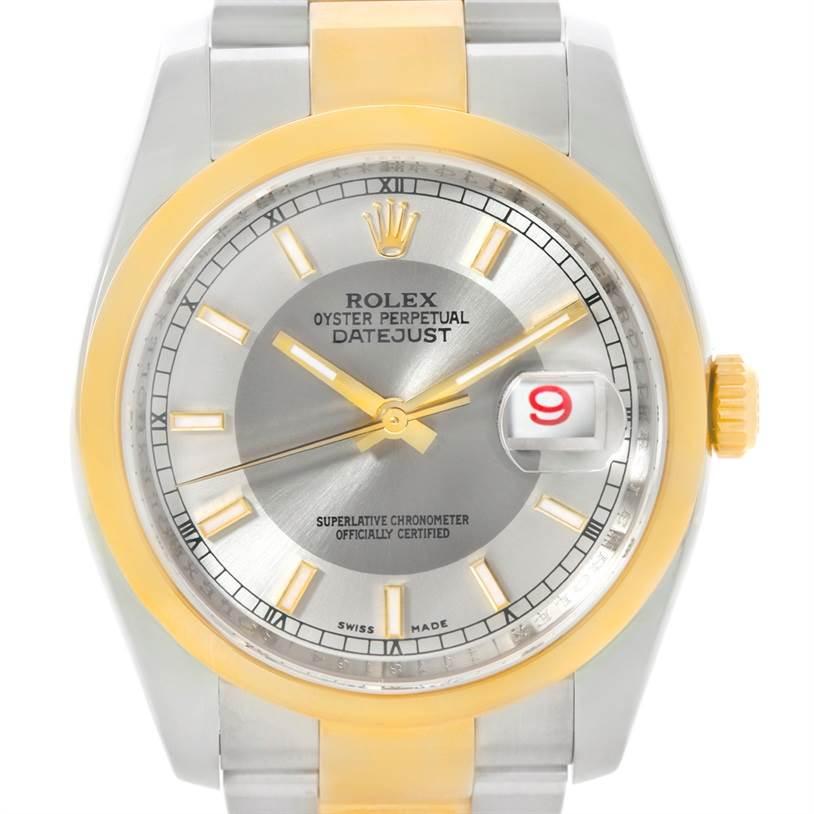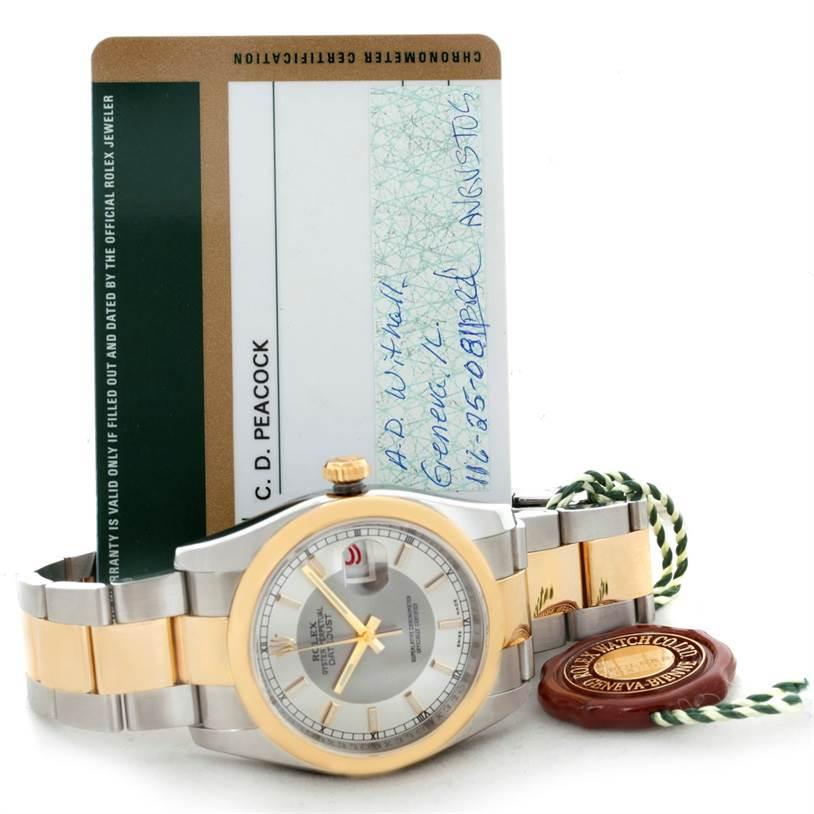The Rolex coronet, the iconic crown-shaped logo, stands as a universal emblem of luxury and impeccable craftsmanship in the world of horology. Over the decades, this symbol has undergone nuanced transformations, captivating the attention of collectors and enthusiasts. These subtle variations often reflect the era of production and can sometimes highlight unique editions of Rolex watches. This exploration take a closer look at the intricate journey of the replica Rolex coronet across various models and periods, underscoring its enduring significance in watchmaking.
The Beginnings: The Early Years of the Coronet
Rolex began integrating the coronet into its designs during the 1930s, around a decade after transitioning from its original name, Wilsdorf & Davis. By 1931, the Rolex crown logo had been officially trademarked. In its initial iterations, the coronet was simple and understated, embodying the brand’s modest beginnings. As Rolex’s reputation for durability and elegance grew, the coronet also evolved, gradually becoming more sophisticated and increasingly prominent in the design of the watches.
1950s: A Prominent Emblem on Every Dial
By the 1950s, the Rolex coronet had become a defining feature on every Rolex dial, signifying the brand’s pledge to quality and innovation. During this decade, the size and styling of the coronet varied subtly between different models, such as the Rolex Oyster and the fake Rolex Datejust. These variations, often minute changes in spacing and the thickness of the points, were carefully noted by collectors and became a subtle indicator of the watch’s lineage and authenticity.
Evolution and Standardization: 1960s to 1980s
The 1960s marked a significant evolution in the design of the Rolex coronet. Advances in manufacturing and a stronger emphasis on brand identity led Rolex to begin standardizing the coronet’s appearance across its models. The points of the crown became more symmetrical and defined, and its overall profile was refined to seamlessly integrate into the watch face. 

During the 1970s and 1980s, Rolex introduced key models like the updated versions of the Rolex Daytona and the Rolex Submariner. These watchs featured coronets that were more uniform compared to earlier versions, yet there were slight modifications tailored to the overall design of each model. These adjustments included variations in the coronet’s placement relative to the model’s name and other textual elements on the dial.
The Modern Era: Precision and Legacy
From the 1990s onwards, the Rolex coronet underwent further refinements, driven by advancements in technology and a growing emphasis on brand heritage. The introduction of laser etching technology in the 2000s allowed for the coronet to be applied with extraordinary precision. This is most notably seen in the tiny coronet etched into the sapphire crystal at the 6 o’clock position, a nearly invisible mark that has become a hallmark of genuine Rolex watches.
In recent years, replica Rolex has incorporated micro-printed coronets within the “Swiss Made” text at the bottom of the dial in many models. This feature serves both as an anti-counterfeit measure and a tribute to the precision and excellence of Swiss watchmaking.
The Coronet in Collectors’ Eyes
For collectors, the variations in the coronet are not merely cosmetic but are crucial for authentication and valuation. For instance, the stainless steel “Red Submariner,” produced in the late 1960s and early 1970s, features a printed coronet that contrasts sharply with the applied coronets of the gold Submariner Date models from the same era. Even among similar styles, there can be subtle differences in the coronet’s appearance, such as the thickness of the bands or the sharpness of the points, which significantly impact the watch’s desirability and value in the vintage market.
The Rolex Day-Date models from the 1980s are distinguished by their applied gold coronets, which are larger and more refined compared to those on the dials of gold Submariners. This distinctive design is often seen as a reflection of the stylistic preferences of that period. Likewise, the “Bart Simpson” Submariner from the 1960s features a unique gilt dial with a coronet whose points are flat and stubby, resembling the famous cartoon character’s head-a detail that greatly enhances its rarity and appeal to collectors.
The Coronet: A Legacy of Excellence
The Rolex coronet transcends its role as a mere logo; it is a testament to the brand’s unwavering dedication to luxury and excellence. Its evolution mirrors the technological advancements and aesthetic trends within Rolex and the broader watchmaking industry. For enthusiasts and collectors, these subtle changes enrich the appreciation of each watch and offer deeper insights into clone Rolex‘s storied history. As Rolex continues to lead in luxury watchmaking, the coronet endures as a timeless symbol of supreme quality and prestige, revered globally for its heritage and elegance. 

The Rolex coronet is not just an emblem of a brand but a beacon of horological excellence. It reflects the legacy and progression of Rolex through decades of innovation and style. Each iteration of the coronet is a piece of the brand’s rich history, cherished by collectors and enthusiasts alike. As we look forward, the coronet will undoubtedly continue to be a symbol of timeless luxury, marking every copy Rolex watch with a sign of unparalleled craftsmanship and prestige.
Whatsapp Support: +1 717-635-1606








